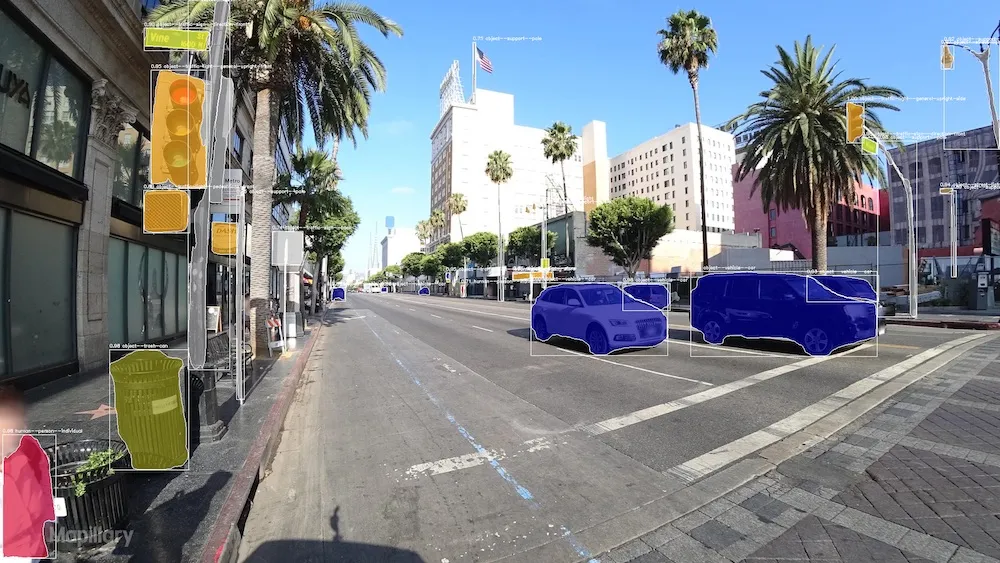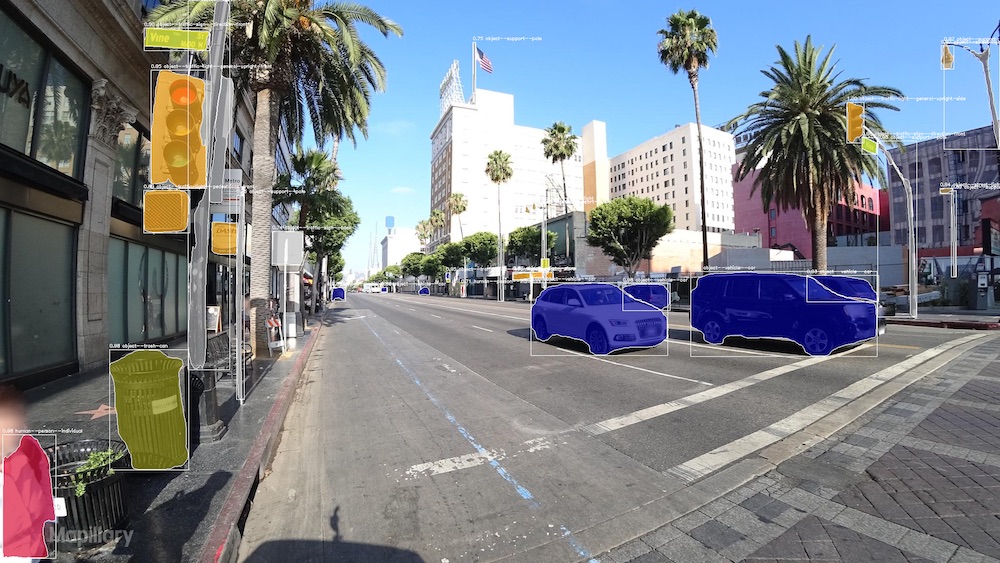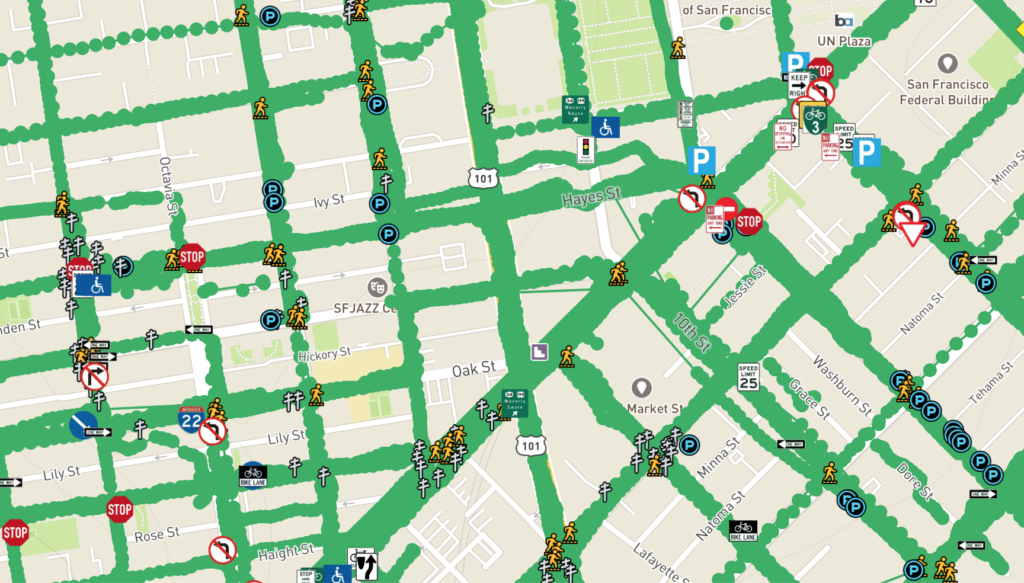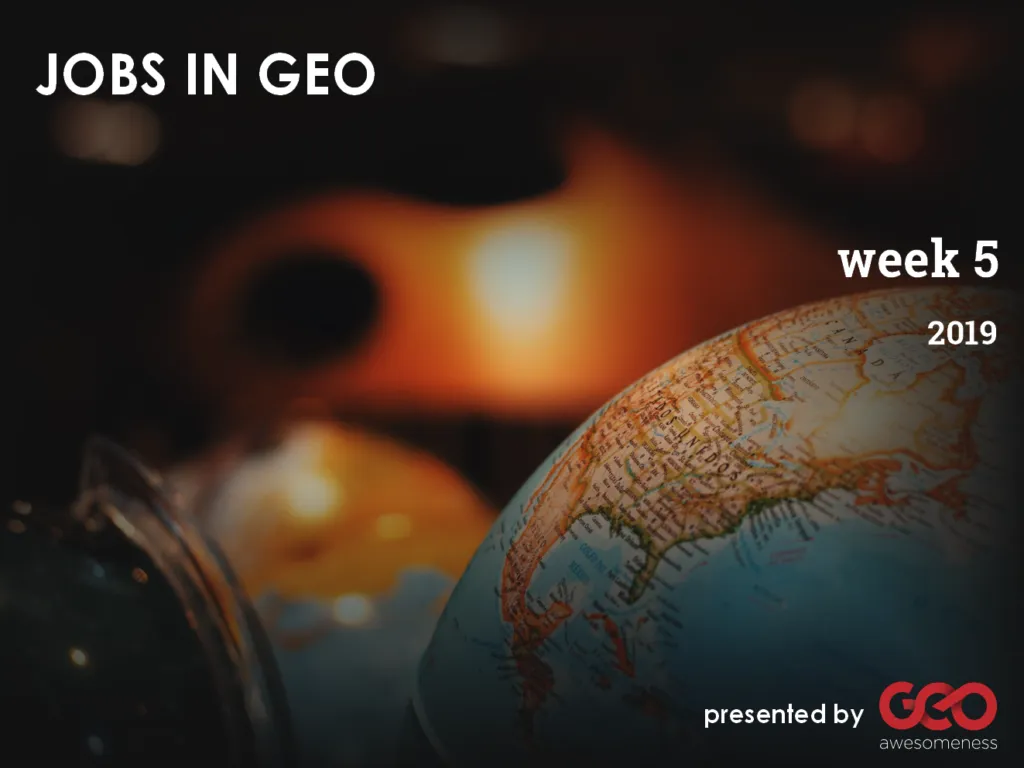
Our Geospatial Job Initiative: Jobs in Geo Week 5
At Geoawesomeness, we cover a variety of topics that are considered ‘geo’. As technology advances and more companies are using location data each day, this opens up more possibilities for geogeeks to seek geospatial jobs, no matter which career path they choose.
Last week, we began taking steps towards building a job portal for Jobs in Geo. Each week, we will be posting at least 5 jobs on the blog. Not only will this give our readers more exposure to different companies who use location data, we’ll aim to highlight the diversity of geospatial jobs for geogeeks to pursue. If you also want to see more jobs posted throughout the week, we’re always sharing on LinkedIn.
For previous posts, check out all the cool Jobs in Geo. Here are the Jobs in Geo this week.
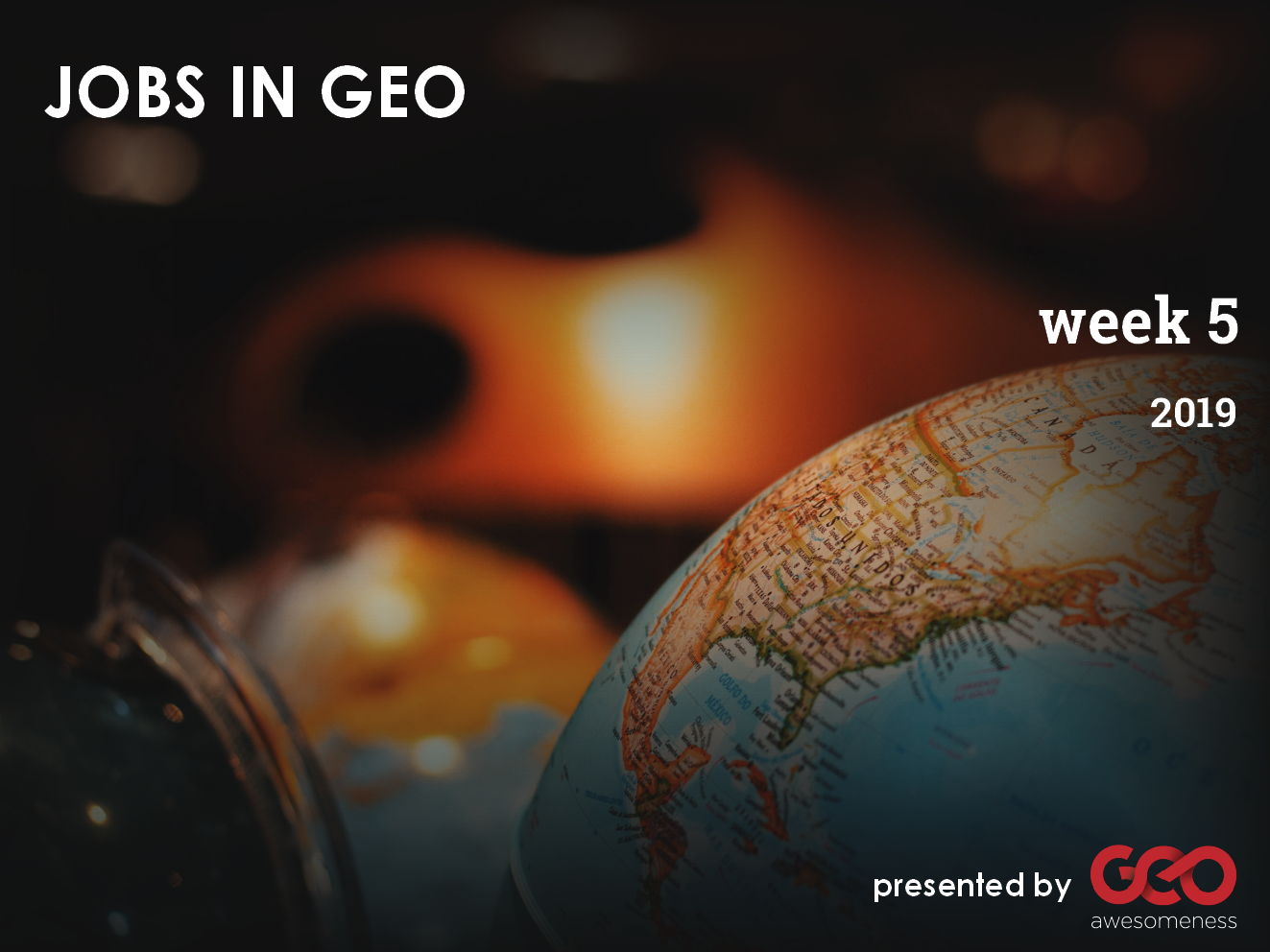
Front-End Developer at SCALGO
?Aarhus, Denmark
http://scalgo.com/en-US/job-posting
Communications & Policy Intern – Summer 2019 at Nextdoor
?San Francisco, USA
https://nextdoor.com/jobs/?gh_jid=1461632
Product Designer (UX/UI) at Citymapper
?London, UK
https://citymapper.workable.com/jobs/5459
Expert Software Engineer at TomTom
?Ghent, Belgium
https://tomtom.wd3.myworkdayjobs.com/TT_External_Careers/job/Belgium-Ghent/Expert-Software-Engineer_JR0004239
Geographic Information Systems Consultant at the World Food Programme (WFP)
?Rome, Italy

Remote position of the week: Software Engineer at StreetCred
https://www.streetcred.co/jobs/
You can also submit a job using the online form for us to review and include in our list. We hope that you’re enjoying the series!





